Experts take you down the moment you pull—it’s because you didn’t read this article!
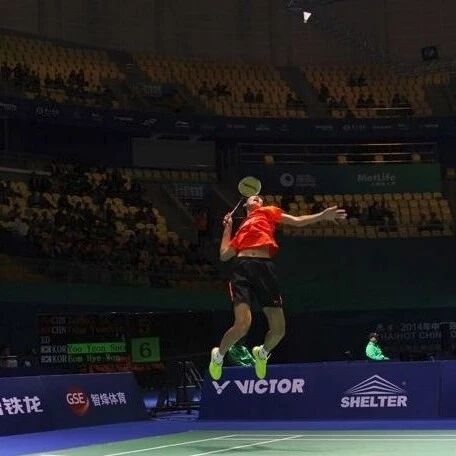
Today, I played a match against a pro, and there were a few rallies that were absolutely frustrating!I hit a high, long shot, and the expert player instantly countered with a powerful pull-shot, moving so swiftly that it seemed to happen faster than the sound of their own footsteps—leaving me completely caught off guard as the rally ended. The editor also really wanted to turn around and counter-pull, but...
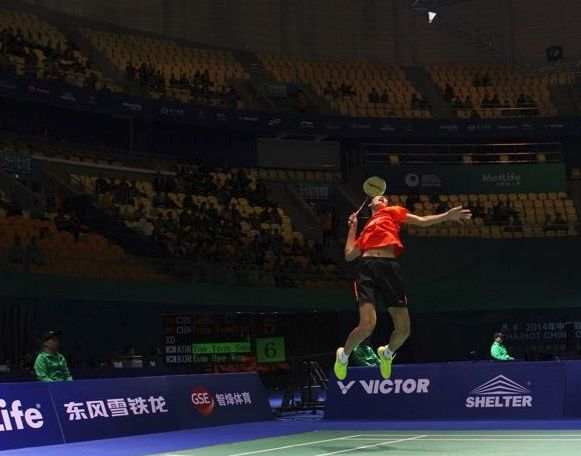
Having discussed the tragedy, let’s now analyze the reasons:Among amateur players, many are capable of hitting high, long shots—some even with extra power—often sending the ball all the way to the baseline.
Playing long rallies with my tennis buddies always results in crisp, loud "pong" sounds—each shot perfectly executed, with fluid, textbook-like form and an impressive, confident presence. Honestly, being able to pull this off is already pretty impressive; it’s the perfect chance to strut your stuff in front of the girls and show off that "I’m a total badass" vibe!
But once you come up against a true master—let alone a professional athlete—you’ll instantly feel like you’re facing a formidable opponent, even with just one well-placed high-clear shot. If you can manage to withstand several consecutive high-clears, moving left and right, that already shows you’re highly trained. Yet, in the end, you’ll likely find yourself worn out, forced into submission, and ultimately giving up. Why does this happen?
Clearly, your lob shot, compared to that of a true expert, lacks both form and substance—it’s all about appearance rather than genuine skill, and the quality isn’t quite there yet; your technique simply hasn’t reached the required level of mastery.
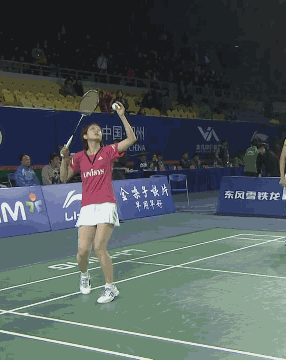
Although both Gao Yuan and our top players place their shots near the baseline, in reality, ours are mostly of that type.Parabolic and lofty, meaning the highest point is roughly around the centerline, after which it begins to descend gently.
Although the landing point can still reach near the baseline, do you think that would pose a threat? Would a skilled player find this type of shot difficult to handle?
This high serve—or what’s known as a "flat high"—basically allows you to reach the ball even from the doubles service line, or slightly ahead of it. As long as you’re not too short, you can usually jump back one step from the center line and still manage to hit it cleanly.
A high lob shot travels at a blistering pace—remember, it’s incredibly fast, much faster than you’re typically used to seeing.
The highest point is typically just beyond the doubles service line, after which the shuttlecock descends almost vertically, landing close to the baseline. This forces you to retreat all the way back to the baseline—or even step over it—to take an active swing at the incoming shot. Just give it a try and see for yourself—chances are many of you, like Yuqiu Jun, have already experienced this firsthand...
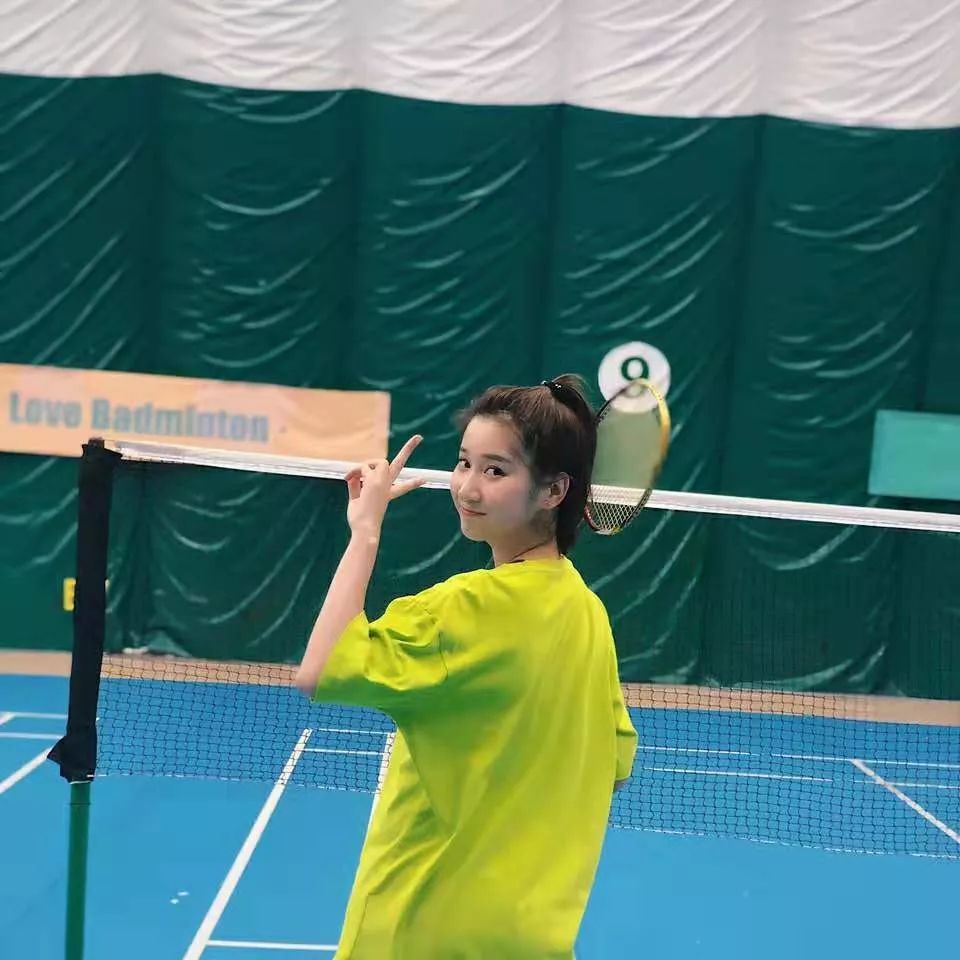
We’ve already developed a solid baseline stance, so we rarely drop back to the very end of the court—after all, most shots can be comfortably reached by retreating to the doubles service line. But when we fail to get back to the baseline, we’re left playing passively, with returns often landing only around the middle of the court. And let’s face it: that kind of play doesn’t leave much room for avoiding mistakes—or worse, ending up in the net!
Top players like Lin Dan and Lee Chong Wei often find themselves under intense pressure when high balls land near the doubles service line—especially slightly ahead of it—typically resulting in aggressive net attacks. For those who retreat four steps toward the net (taking the first three steps into position and finishing with a small jump or quick crossover step to adjust their stance), the area around the doubles service line almost always leads to an attacking play. On the other hand, players who step back six paces usually opt for a more controlled transition or choose to execute a delicate drop shot instead.
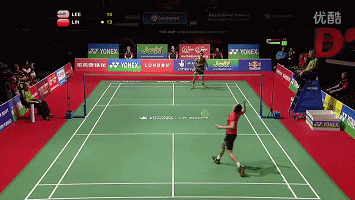
In summary:
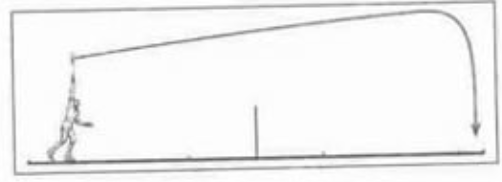
The quality of a high, deep shot isn’t determined solely by whether it lands near the baseline. Landing near the baseline is easy enough, but *how* you execute it makes all the difference. Whether it actually poses a threat to your opponent depends on that very approach.Ball speed and flight trajectory
A high, long shot following the trajectory shown in the diagram typically travels at a faster pace, reaching its highest point well behind the player. This makes it nearly impossible for the opponent to attack aggressively, and even executing a perfect return becomes extremely challenging. That’s why mastering this type of shot is essential if you want to stand a chance against top-level players.
Against some amateur players, just one well-placed shot is enough to force an inaccurate return—and that creates the perfect opportunity to score on the next point! So hurry up and master this technique along with your other fundamental skills; only then will you have a real chance of winning!

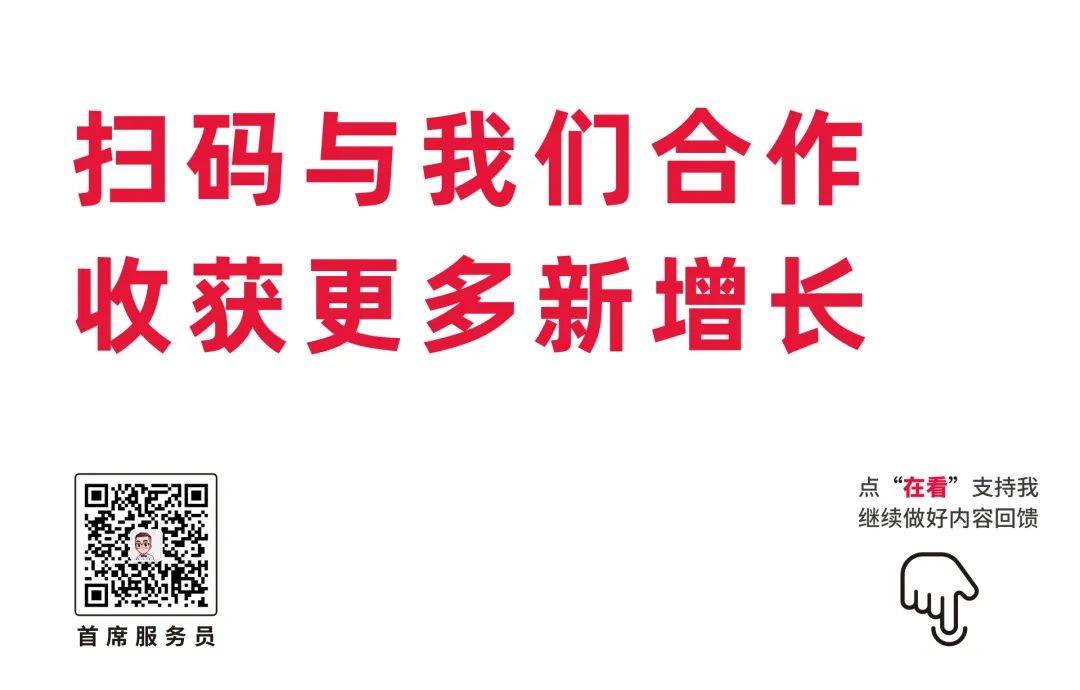
Related Articles

When it comes to badminton doubles, let the seasoned pro show you how to get off to a winning start...
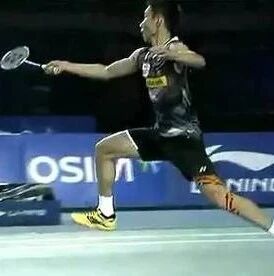
How to avoid hitting the ball poorly?
